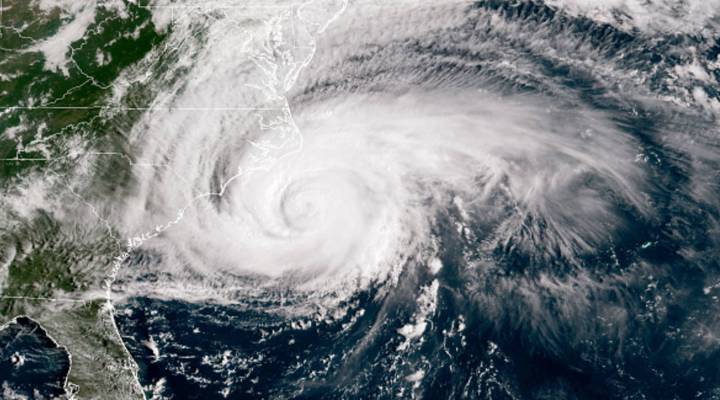

As the proverbial once every hundred years storms become yearly events in many parts of the U.S., it’s changing the economy around disasters.
Here’s what happens when the president or a state’s governor declares a state of emergency. Officially, it means the normal constitutional procedures can be suspended — it’s not business as usual.
Here’s what happens on the ground:
Lots of red tape gets cut
Most governmental bodies — federal, state, local — contract for all kinds of services in an arduous bidding process. During a state of emergency, contractors still have to register, and face competition for jobs, but the awarding of contracts happens much faster.
States get additional funding
Once a state declares a state of emergency, it can then ask the federal government for funds. Additional money can come from the Disaster Relief Fund, the Federal Emergency Management Agency, or Congress can consider a special supplemental spending bill.
Those funds flow towards shelters, contract workers, back up
Even before a storm hits, states and cities often want to bring in personnel from non-affected areas to assist and relieve their own workers. The money helps pay for travel and other related expenses.
Bringing in emergency responders from other states is usually anticipated, but can’t be paid for without access to funds.
Contractors register for the recovery effort
To be eligible for consideration for some of the recovery and relief contracts, businesses need to list themselves in state and federal databases.






There’s a lot happening in the world. Through it all, Marketplace is here for you.
You rely on Marketplace to break down the world’s events and tell you how it affects you in a fact-based, approachable way. We rely on your financial support to keep making that possible.
Your donation today powers the independent journalism that you rely on. For just $5/month, you can help sustain Marketplace so we can keep reporting on the things that matter to you.